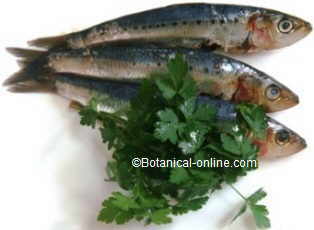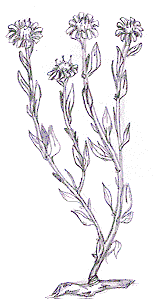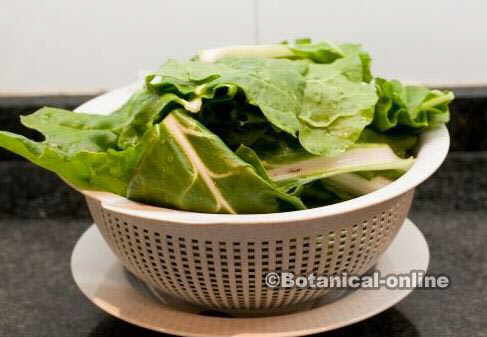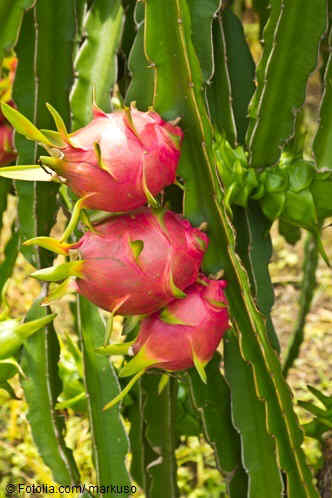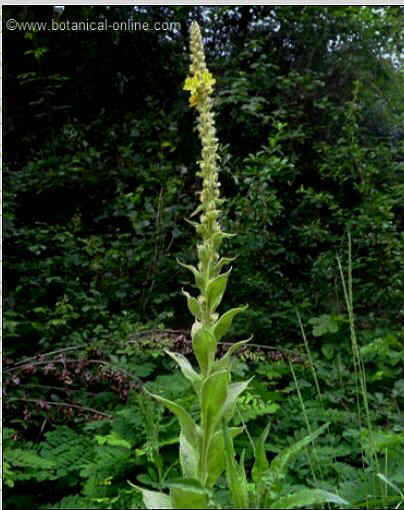Contents
What is a cypress?
Characteristics of cypress (Cupressus sempervirens)
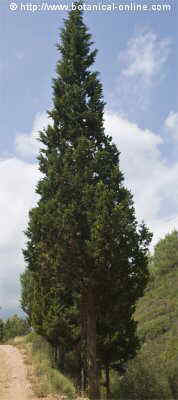
English common name: Cypress, Italian cypress, Mediterranean cypress
– Spanish / Español: Ciprés, ciprés común, ciprés italiano, ciprés mediterráneo
Scientific name: Cupressus sempervirens L.
Family: Cupresaceae.
Where does the name “cypress” come from?
It is believed that the name was taken from “Cyprus”, an island in the eastern Mediterranean, located about 64 kilometers south of Turkey.
Other specialists believe that it may come from Cyparisso, Apollo’s assistant, who became Cypress after he killed Apollo’s deer by mistake. The story is told to us by Ovid in his “Metamorphosis”. He tells us that the deer was a pet of Apollo that was cared for by God himself or by Cyparisso.
However, one day when Cyparisso was training with his javelin, he killed the deer by mistake. Cyparysso was very sad and wept uncontrollably. His pain and his tears were so great that, unable to be consoled by Apollo, he fell exhausted to the ground and his flesh was transformed into a cypress. Seeing that he was transformed into a large and strong tree, Apollo told him to be present at the rituals of the dead.
Cypress description
Evergreen tree of the Cupressaceae family, up to 30 m tall, with conical or tapered branches and vertical grooves.
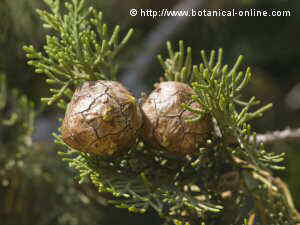
Erect stems with thin, smooth, reddish-gray bark. Imbricate, scaly, dark green, triangular leaves.
Male and female flowers on the same tree. The first have a cylindrical shape and reach half a centimeter at most. They are formed by an axis around which the sporophylls or staminiferous leaves are organized, each of which carries three pollen sacs whose pollination takes place during the winter (between February and March).
The female flowers are cone-shaped or pineapple-shaped and are made up of 8 to 12 polygonal scales. When ripe, they form the female fruits or “galbulus”, about 2 or 3 cm in diameter, very rounded and with a woody texture. They are green and very compact in their youth; grayish brown when ripe and open to expel the seeds.
Where are there cypresses? Cypress habitat
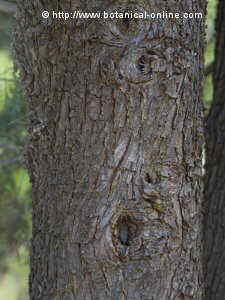
Cypress is native to Eastern Europe and Western Asia (Aegean Sea Region). It can be found forming forest masses of some consideration on the islands of Crete, Cyprus and Rhodes; in western Syria, Lebanon and Jordan. In North Africa, only areas of some importance remain in northern Libya as a reminiscence of the large trees that populated the entire north of this continent.
It is grown as an ornamental in parks, gardens or cemeteries and to protect fields from the wind. It can be found practically throughout Mediterranean Europe and the British Isles. It has been exported to other areas with a climate similar to the Mediterranean climate, such as California, southern Australia and southwestern South Africa. It has managed to adapt to the climate of New Zealand.
In Europe it is very characteristic of certain areas such as Italian Tuscany, the French Blue Coast or the Spanish landscape of Levante or Granada. A recent study carried out in the Mediterranean city of Valencia, in Spain, reveals that there are approximately 5,315 cypresses in this city, which would mean that this species occupies the fourth position in terms of trees used in this city behind bitter orange trees, maples and bananas.
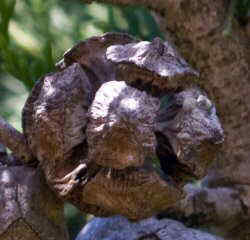
Cypress uses
Used parts: Trunk, leaves, seeds, fruits, twigs.
- Medicinal: The fruits or galbulus are used for their medicinal properties
- Cosmetic: Cypress essential oil is widely used in cosmetic industry
- Gardening: Prized as an ornamental tree, often in cemeteries
*See: Cypress uses
![]() More information on cypress
More information on cypress

